Giorgio Vasari, born in Arezzo on July 30th of 511, was indeed a versatile artist. Painter, architect, historian.
True Renaissance man.
Do you know his story?
8 curiosities about Giorgio Vasari: recognized mainly as the author of"The Lives of the Most Excellent Painters, Sculptors and Architects",a fundamental book on the history of art.
Anyone who has approached subjects such as art history has heard of Vasari.
Although maybe it's not a household name, like Dante or Leonardo da Vinci, if you've been to Florence you've definitely visited the Uffizi Gallery and then walked along the Vasaria Corridor (both of your projects).
- A predestined
Vasari was a brilliant boy, the son of a textile merchant and a noblewoman: he was classically educated and encouraged to draw and study by the whole family. He went to Florence in 1524 and thanks to a series of fortuitous circumstances, he began a frequent visit with many protagonists of the Medici court, expanding his humanistic knowledge with the literary Pierio Valeriano and going as often as possible to the workshop of Andrea del Sarto and the drawing academy of Baccio Bandinelli.
- After dark, the light always comes back
Unlike other greats, such as Petrarca who had a stormy relationship with his father, Vasari had always found in his great ally: when the latter died in 1527, ours had to leave Florence and return to Arezzo, where he took care of his mother and younger brothers.
- Always on the go
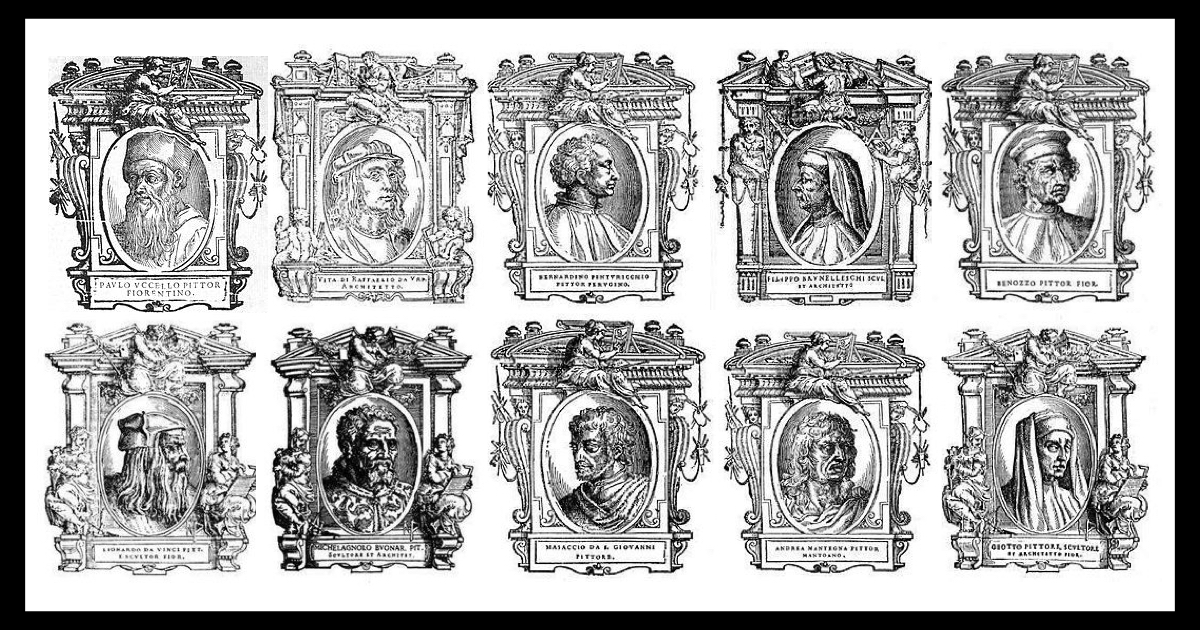
After this period, followed also by a deep religious crisis, Vasari broke away more and more from the Medici and wandered all over Italy: all this wandering will serve to gather information about the art and artists of the various cities, preparing the material for his work The Lives of the Most Excellent Painters Sculptors and Architects.
- A very tangled love life
From a sentimental point of view, Giorgio was not a quiet man: in 1547 he began a relationship with Madeleine Bacci,the only woman he would ever feel in love with and with whom he will have two illegitimate children but, to avoid a scandal - Madeleine in fact goes to wedding with another - he marries his very young sister Niccolosa.
- 1545- 1547, important years
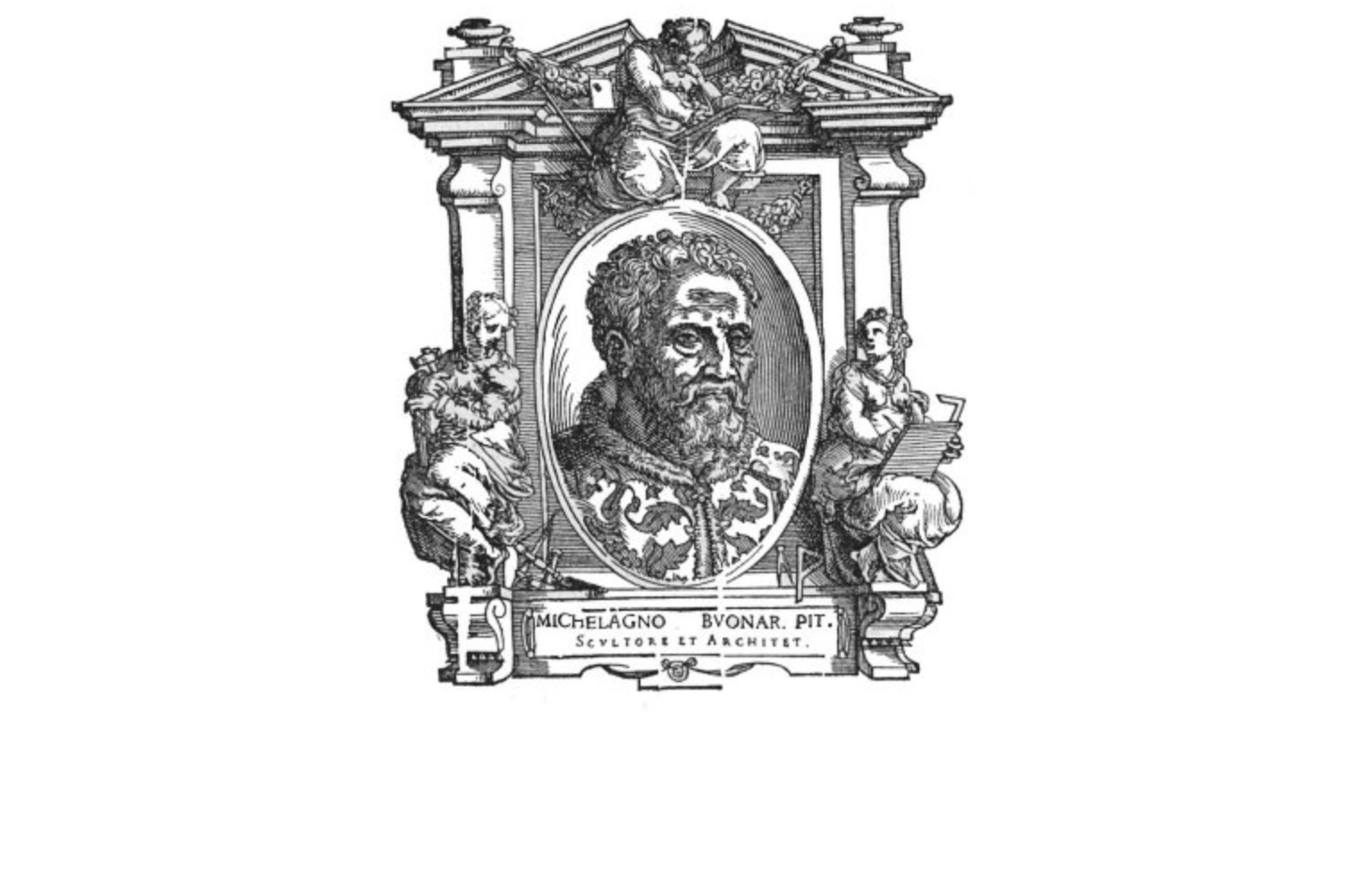
At the same time he returned to Rome,where he began to be part of the court of Farnese: in these years his relations with Michelangelo became closer. It was among the intellectuals gathered around Cardinal Farnese that inspired him, between 1545 and 1547, the composition of the first writing of the Lives: in the drafting he had at his disposal his incredible collection of drawings and sketches of Italian artists (which unfortunately was dispersed after his death).
Due to the young age of the bride, however, he decided to return to Tuscan land; in Florence he entrusted the printing of the manuscript to the torrentinos, and decided to dedicate the work to Cosimo I de' Medici,hoping in this way to make him a friend.
- The great activity in Florence
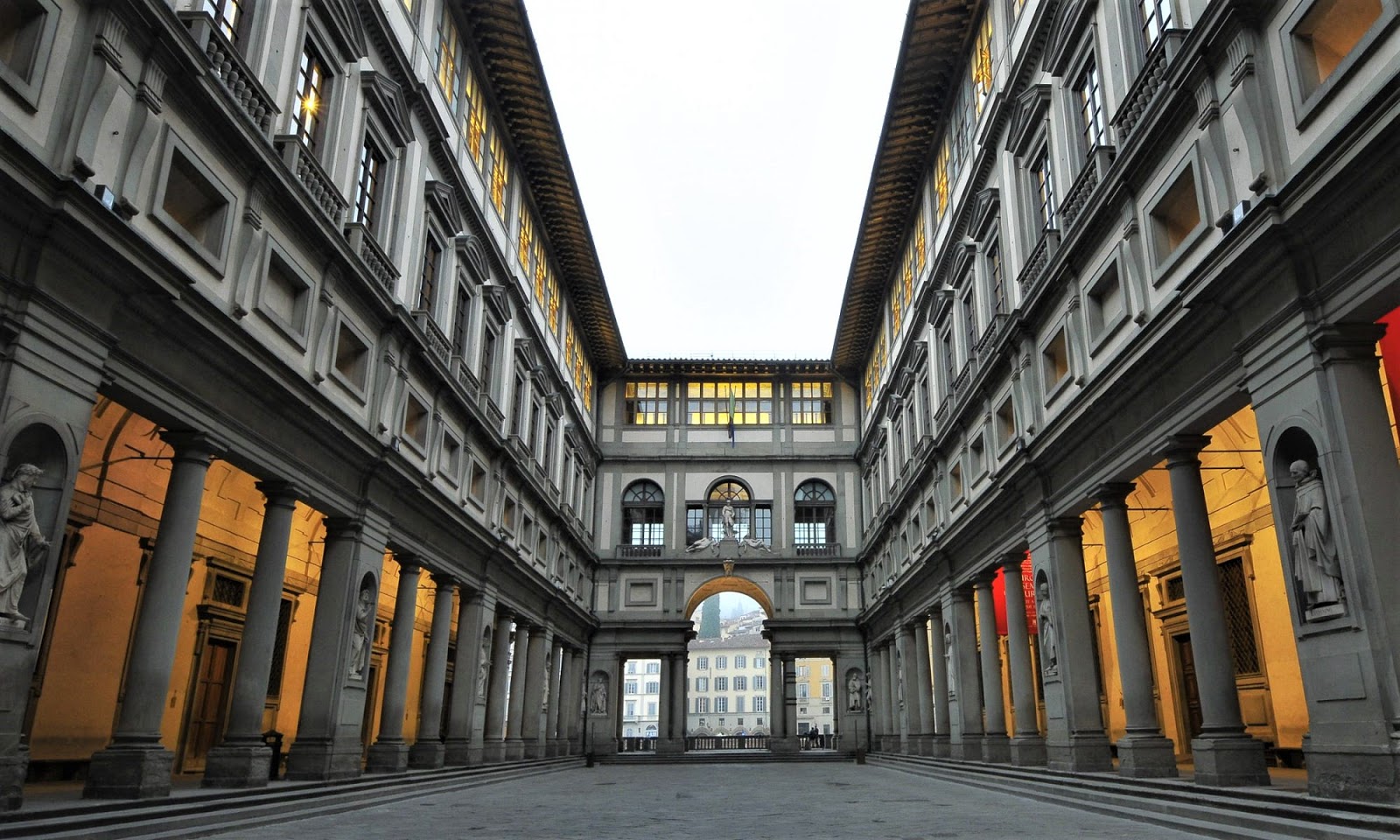
The move of the dedication, coupled with the return to the stable in Arezzo, was successful: Vasari became a close friend of Cosimo and for him worked under different guises giving Florence a truly flourishing historical moment. In 1554 he took care of the makeover of the Palazzo della Signoria,in 1960 Cosimo commissioned him a building hub to collect in one place the administrative offices, and not only, of Florence(The Uffizi,where "uffizi" recalls precisely their initial use).
In 1565, he took care of the Vasariano Corridor,a route intended to combine the apartments of the Palazzo della Signoria with those of the nearby Palazzo Pitti, used as a direct residence.
- The relationship with Michelangelo
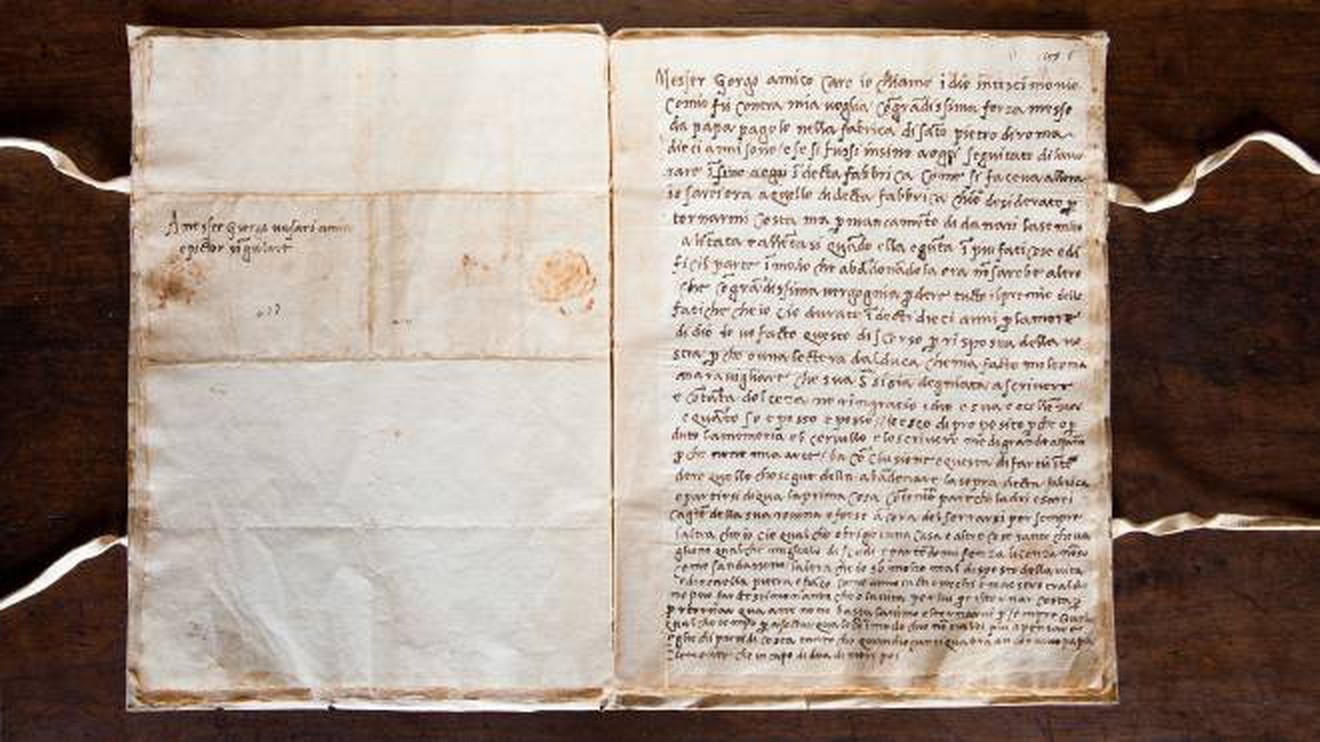
The story between the two masters is the story of a friendship made of mutual admiration.
On his relationship with Michelangelo he writes: "I do not believe that there is anyone who can show more letters written by him own, nor with more affection than he has done to me".
Michelangelo is the only artist, still alive at the time, considered by Vasari "an all-round artist" - master in multiple arts such as painting, writing and architecture - described as "... what among the dead and the living brings the palm tree to and transcends and heals all is the divine Michel Agnolo Buonarroti who not only holds the principality of one of these arts, but of all three together. He surpasses and wins not only all of them, who have almost won nature, but those same famous ancients, who praised them beyond any doubt overcame it"
- Lives
With his book Vasari invented artistic historiography and his writings still remain a source for biographical news of the various artists.
As the first historian of Italian art,he inaugurated the genre of the encyclopedia of artistic biographies, coining terms such as Renaissance, Gothic and Modern Maniera.
The actual biographies are interspersed with funny gossip, though some of the anecdotes are probably inventions. Like the story of the young Giotto who drew a fly on the surface of a Painting of Cimabue and which the older master repeatedly tried to drive away.
The lives of the most excellent painters, sculptors and architects is a classic, even today.
According to several historians, Vasari was one of the first to use the word "competition" (or "competition"). He used The Lives several times, mainly explaining the reasons for Florentine supremacy.
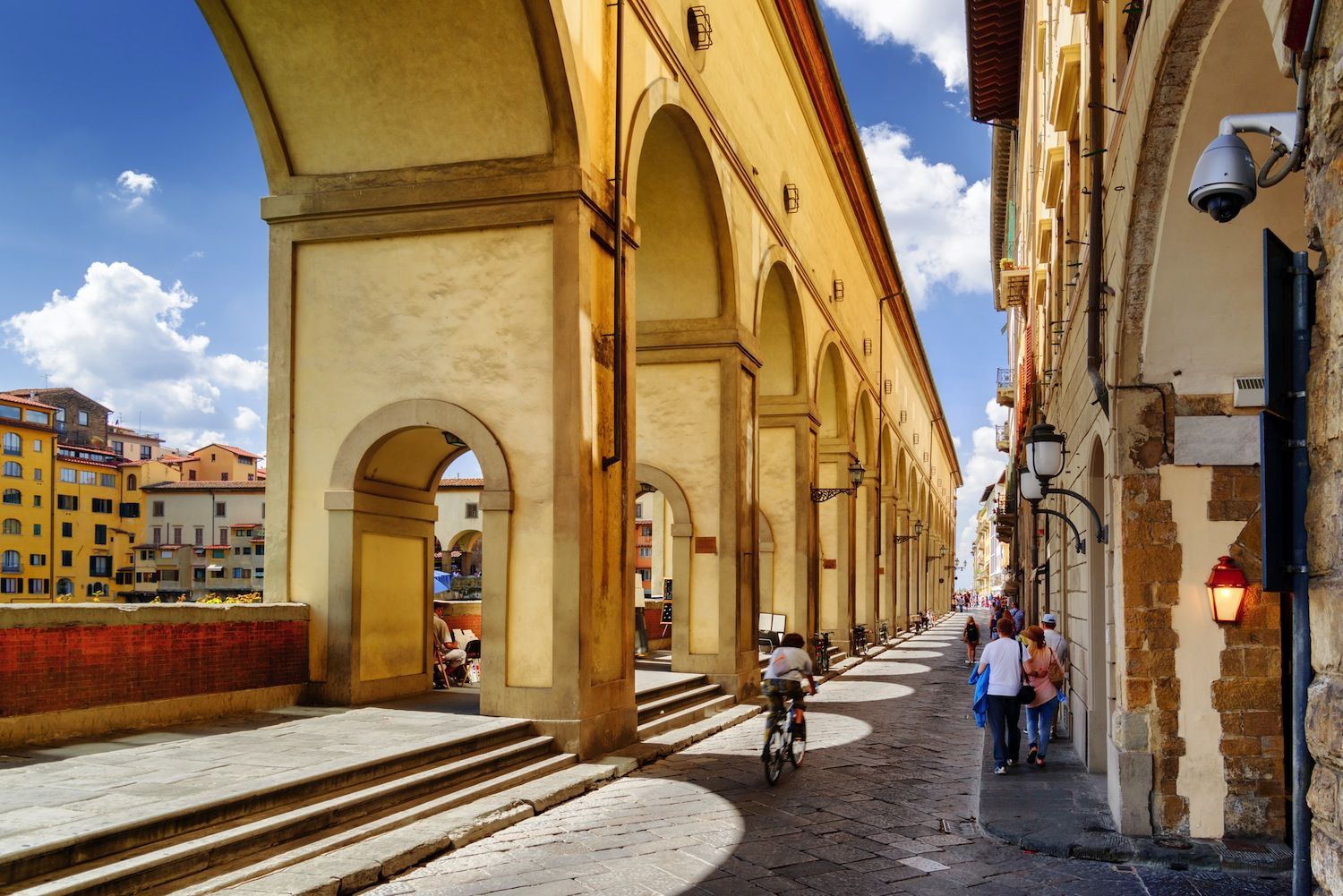
According to him, Florentine artists excelled because they were hungry and hungry because there was fierce competition to be able to grab the best customers on the market.
The competition, was "one of the nutrients that keep them".
Image source: expoitalyart, datsebao, tuscany people, progetto pelago, lo sbuffo, la nazione










 Map
Map